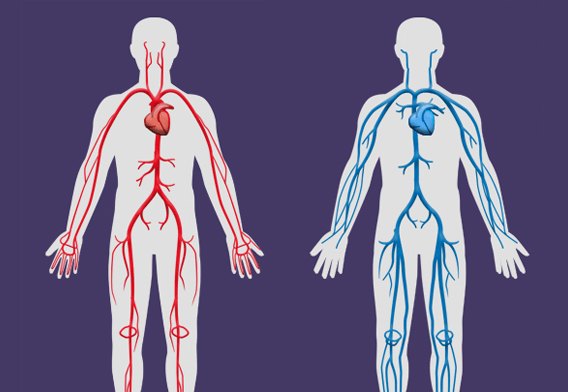In this comprehensive module on Peripheral Anatomy & Physiology, participants will embark on an educational journey to gain foundational knowledge about the body’s peripheral structures. This course is designed to provide an in-depth understanding of the anatomy and physiology of peripheral arteries, veins, and the nervous system. By the end of this module, learners will be equipped with the essential insights required to appreciate the complexities of peripheral vascular and nervous systems, their functions, and their significance in maintaining overall health and well-being.
Upon successful completion of this module, you will understand:
Peripheral Anatomy & Physiology:
- Introduction to the concept of peripheral anatomy and its importance in the human body.
- Understanding the distinction between central and peripheral components of the nervous system and vascular system.
Peripheral Arteries:
- Detailed exploration of the structure and function of peripheral arteries.
- Examination of the role peripheral arteries play in blood circulation and oxygen delivery to various parts of the body.
- Discussion on common diseases affecting peripheral arteries and their impact on health.
Peripheral Veins:
- Comprehensive study of peripheral veins, including their anatomy and physiological roles.
- Insights into the mechanisms of venous return and the importance of valves in preventing backflow.
- Overview of venous disorders and their significance in peripheral vascular health.
Peripheral Nervous System:
- In-depth analysis of the peripheral nervous system (PNS), focusing on its components and functions.
- Exploration of sensory and motor neurons and their roles in transmitting signals between the brain, spinal cord, and the rest of the body.
- Discussion on the impact of nerve injuries and peripheral neuropathies on body function and quality of life.
